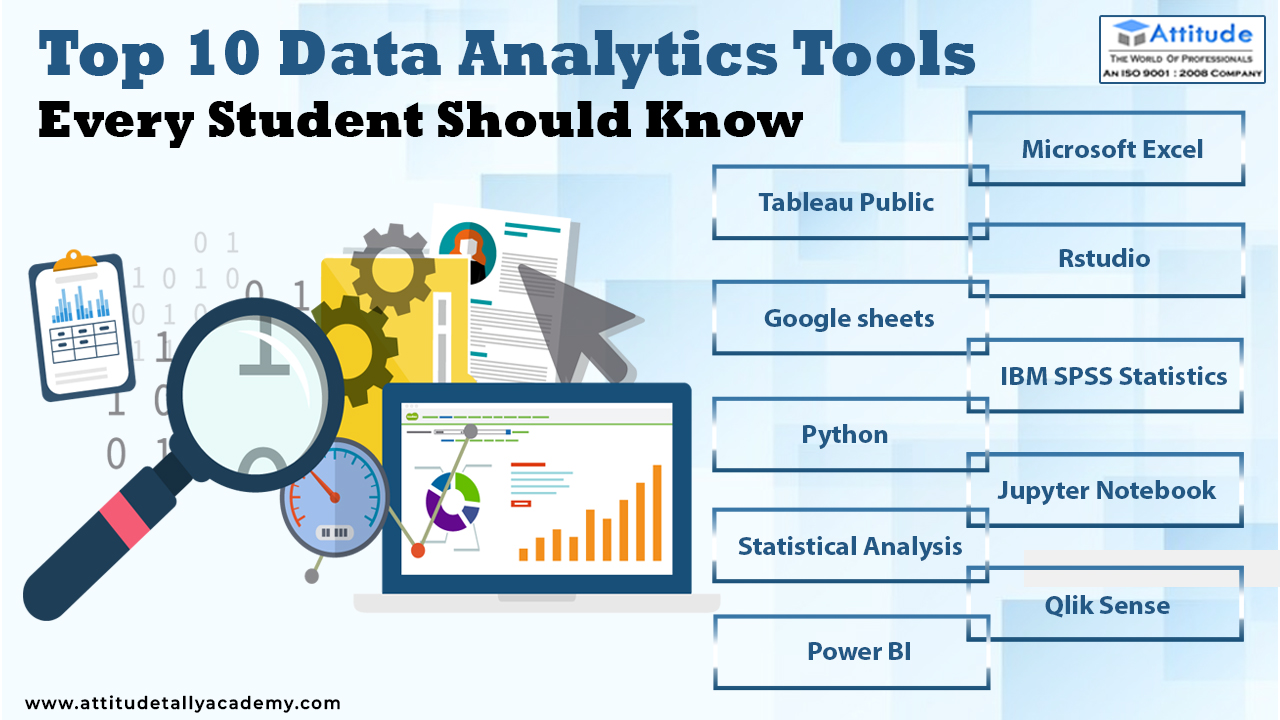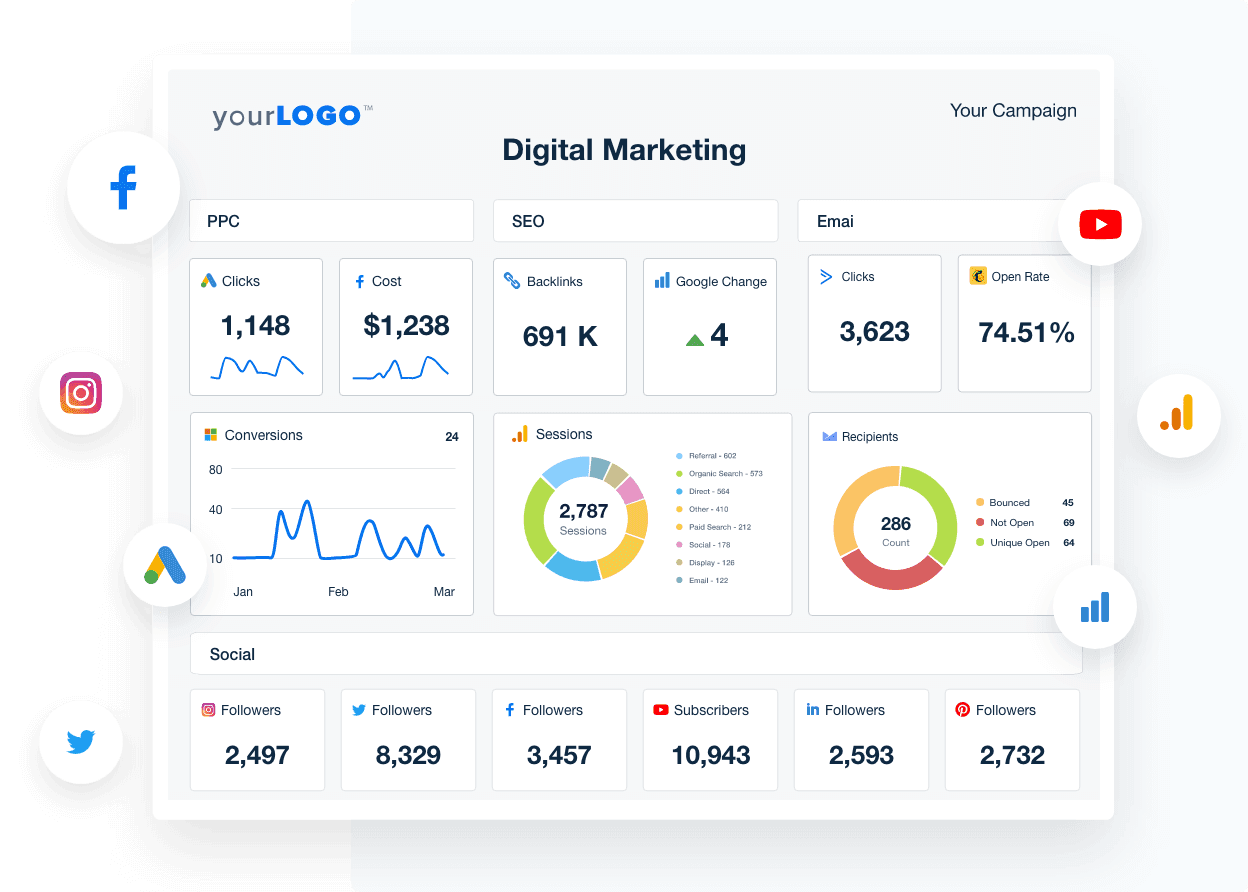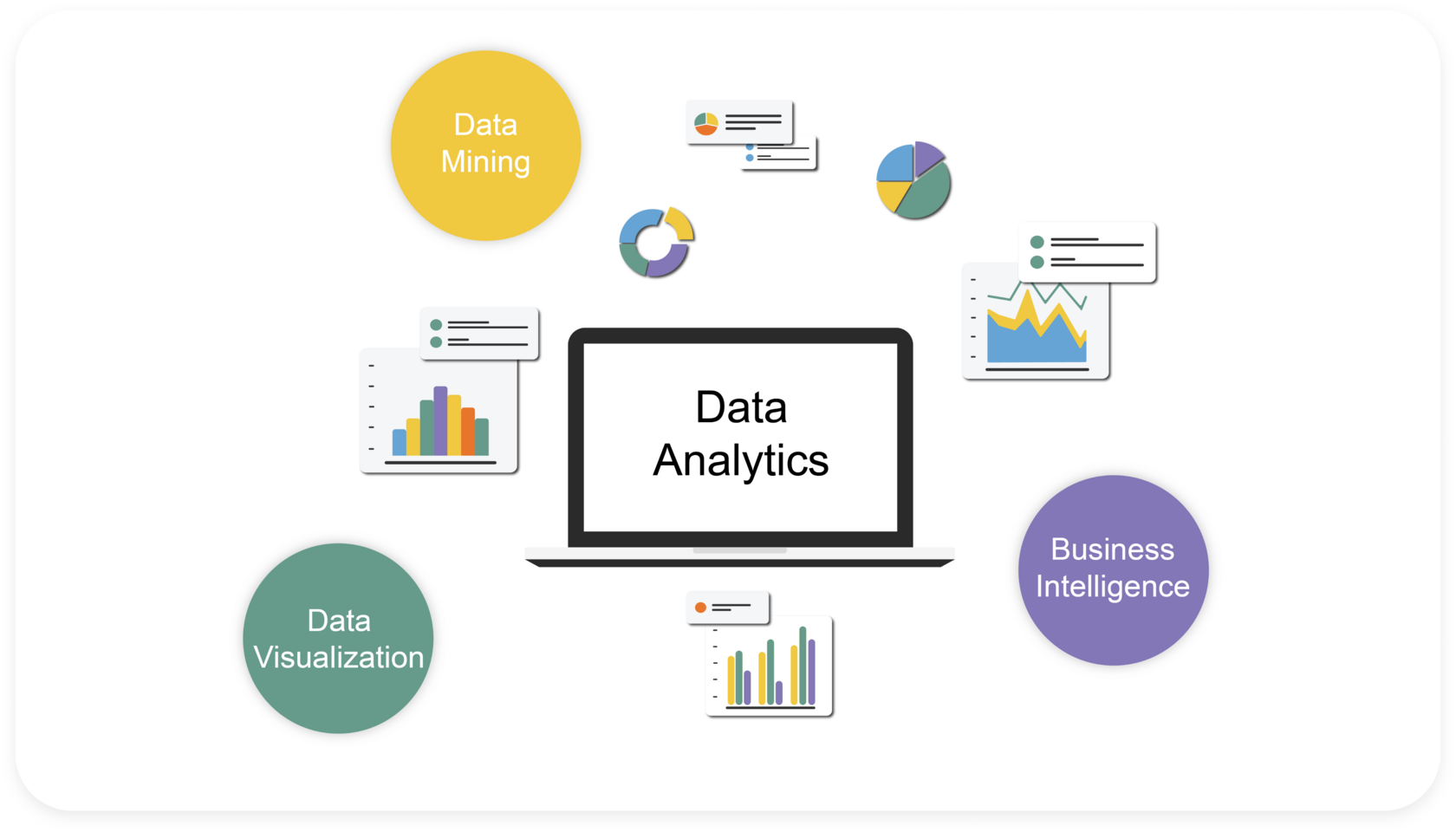Boost Efficiency and Productivity With Information Analytics
In today's data-driven landscape, companies are progressively acknowledging the crucial role of information analytics in boosting functional performance and success. By systematically examining data, companies can uncover critical understandings that educate tactical decisions, simplify processes, and tailor customer experiences.
Understanding Data Analytics
In today's data-driven landscape, understanding data analytics is essential for companies intending to improve operational efficiency and drive success. Information analytics includes the systematic computational analysis of information sets to discover patterns, connections, and insights that educate decision-making. By employing numerous methods, such as statistical analysis, artificial intelligence, and predictive modeling, organizations can transform raw data into workable intelligence.
The process usually begins with information collection, where appropriate information is gathered from multiple resources, consisting of transactional data sources, consumer communications, and market fads. This data is then cleaned and organized to make certain precision and uniformity. When the information is prepared, analytical tools and software program are used to explore and visualize the info, making it possible for stakeholders to identify fads and anomalies.
Eventually, understanding information analytics equips companies to make enlightened choices based upon empirical proof instead of intuition. It facilitates targeted techniques that can maximize source allotment, improve client fulfillment, and improve overall performance. As organizations progressively recognize the value of data-driven insights, a solid grip of data analytics ends up being a crucial proficiency for groups and leaders alike, positioning them for sustained success in an affordable atmosphere.

Secret Benefits for Services
Companies that utilize information analytics can unlock a wide range of benefits that significantly boost their operations and earnings. One of the main advantages is boosted decision-making. Data analytics gives workable understandings obtained from real-time information, enabling organizations to make enlightened selections that straighten with market demands and consumer preferences.

In addition, information analytics cultivates improved consumer experiences. By understanding customer actions and choices, services can customize their offerings, causing raised complete satisfaction and loyalty. This customized approach frequently leads to higher conversion prices and repeat company.
Furthermore, data analytics allows organizations to determine emerging fads and chances. By remaining in advance of the curve, organizations can profit from new markets and innovations before their competitors.
Implementing Data-Driven Methods
Successful execution of data-driven approaches calls for a thorough understanding of both readily available information and organizational goals resources. Organizations has to initially specify their objectives plainly, ensuring positioning in between data initiatives and tactical goals. This clarity enables teams to concentrate on relevant metrics and insights that drive decision-making.
Next, organizations need to analyze their existing information facilities. This entails assessing information high quality, availability, and assimilation capacities. High-quality data is necessary for accurate evaluation, as inadequate information can bring about misguided methods and wasted resources. Organizations needs to establish processes for data collection, cleansing, and management to keep information honesty.
Moreover, fostering a data-driven society is essential. Staff members in any way levels should like it be encouraged to take advantage of data in their daily operations. Educating programs and workshops can improve data proficiency, equipping staff to make educated decisions based upon logical understandings.
Tools and Technologies Summary
A durable suite of innovations and tools is vital for organizations aiming to harness the full possibility of data analytics. These tools facilitate the collection, processing, and visualization of information, allowing organizations to derive workable insights.
At the fundamental level, data monitoring platforms such as SQL data sources and NoSQL systems supply reliable information storage space and access capacities. For information processing and evaluation, programming languages like Python and R, in addition to frameworks such as Apache Spark, allow intricate estimations and maker understanding applications.
Visualization tools, consisting of Tableau and Power BI, transform raw information right into intuitive visual styles, making insights available to stakeholders in any way degrees. Additionally, cloud-based platforms like Google Cloud and AWS use scalable storage and handling remedies, accommodating the growing volumes of data organizations experience.
For sophisticated analytics, predictive modeling and AI-driven services are progressively embraced, permitting companies to forecast trends and improve decision-making procedures. Integrating these devices right into existing workflows is paramount; organizations that effectively utilize this technology can dramatically boost operational effectiveness and drive profitability. Hence, purchasing the right devices and innovations read this article is a critical critical for any data-driven organization.
Situation Research Studies of Success
Leveraging information analytics has led many organizations to achieve impressive enhancements in efficiency and success. One noteworthy case is a huge retail chain that applied anticipating analytics to optimize supply administration. By assessing historical sales data and customer trends, the business minimized excess supply by 30%, resulting in considerable cost financial savings and boosted capital.
One more instance can be located in the production field, where a leading automotive maker utilized information analytics to improve its manufacturing procedures. By keeping track of equipment efficiency in real-time, the company identified inadequacies and bottlenecks, resulting in a 20% boost in general equipment effectiveness (OEE) This not just improved production prices yet likewise lessened downtime and upkeep costs.

These case researches show how data analytics can drive critical decision-making, maximize procedures, and eventually enhance both effectiveness and earnings throughout numerous markets.
Conclusion
In conclusion, the integration of information analytics into organization operations presents significant possibilities for boosting performance and earnings. By methodically evaluating data, companies can identify inefficiencies, optimize customer experiences, and make informed decisions.
In today's data-driven landscape, comprehending information analytics is essential for organizations intending to boost operational efficiency and drive earnings. Information analytics entails the organized computational evaluation of information sets to uncover patterns, correlations, and understandings that notify decision-making. Data analytics provides workable understandings acquired from real-time information, check these guys out enabling businesses to make enlightened selections that line up with market demands and customer preferences.
Top quality data is crucial for precise analysis, as poor data can lead to misdirected approaches and thrown away resources. Organizations has to develop processes for information collection, cleaning, and monitoring to preserve information stability.